Designing an Inclusive and Functional Bench Through the Lens of Iconic Visionaries
Urban design has always required balancing complex social, cultural, and environmental factors. In this project, we explored the potential of AI in shaping public spaces. Specifically, designing a bench that serves the needs of both homeless individuals and daily users. We developed a process that leverages AI-driven personas, agent-based collaborative design (ABCD), and decentralized technologies to explore how AI can assist in designing inclusive and functional public spaces.
The concept of Agent-Based Collaborative Design (ABCD) was inspired by the work of Wang, W., Li, Y., Li, H., & Liu, C. (2011) in their paper, An agent-based collaborative design framework for feature-based design of aircraft structural parts (International Journal of Computer Integrated Manufacturing, 25(10), 888–900). This framework highlighted the power of collaboration between autonomous agents to optimize design processes, which we adapted and applied to urban design.
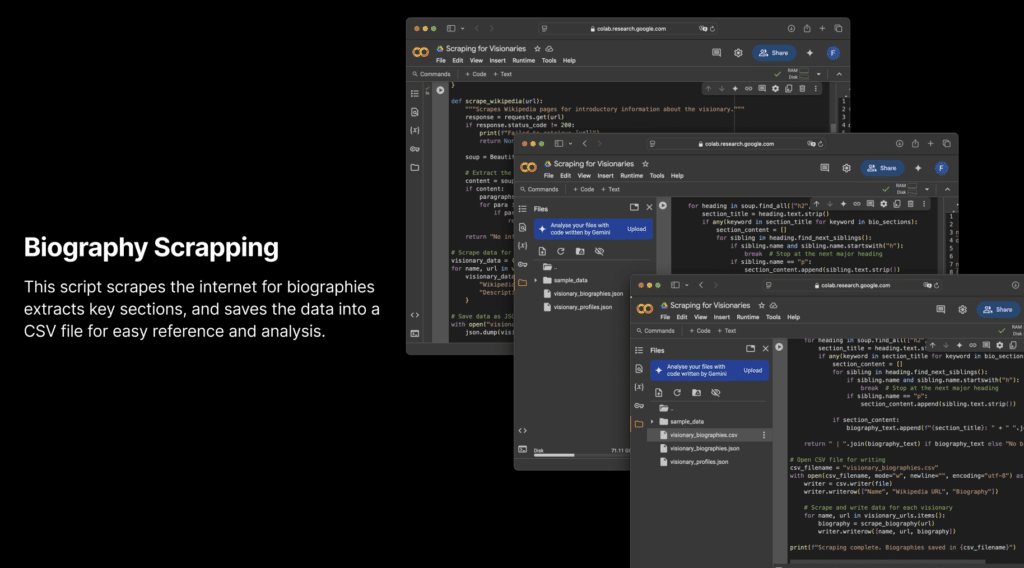
Gathering Data
The process begins with gathering data on visionary figures such as Zaha Hadid, Tadao Ando, Isambard Brunel, and Jony Ive. Using Python, we scraped the internet for their biographies and project details, converting this data into a structured format.
We then took this information into n8n, where we organized the profiles into key categories: Background & Knowledge, Technical Skills, Design Aesthetic, Critical Thoughts, and Beliefs. These profiles formed the basis for creating AI personas that represent the perspectives of each visionary.
In the next step, we simulated a discussion between the personas to design the bench. Each visionary brought their unique expertise and perspective to the table:
- Zaha Hadid advocated for organic forms and fluidity, pushing for a design that blends seamlessly with the urban environment. Her emphasis was on creating an artful yet functional piece that invokes a sense of movement and reflects her architectural style.
- Isambard Brunel, known for his engineering prowess, focused on structural integrity and modularity. He ensured that the bench was weatherproof and safe while incorporating features like hidden storage.
- Jony Ive, with his background in design and technology, introduced technology and minimalist aesthetics into the discussion. He proposed adding features such as solar-powered charging ports and LED lighting to enhance the bench’s usability. His vision ensured that the bench would not only serve as a functional public space but also offer a modern, sleek design.
- Tadao Ando, known for his use of raw materials, focused on durability, warmth, and security. He suggested using concrete and wood, providing a robust and welcoming structure. His design included sheltering elements such as overhangs or integrated backrests to ensure comfort and safety for users.
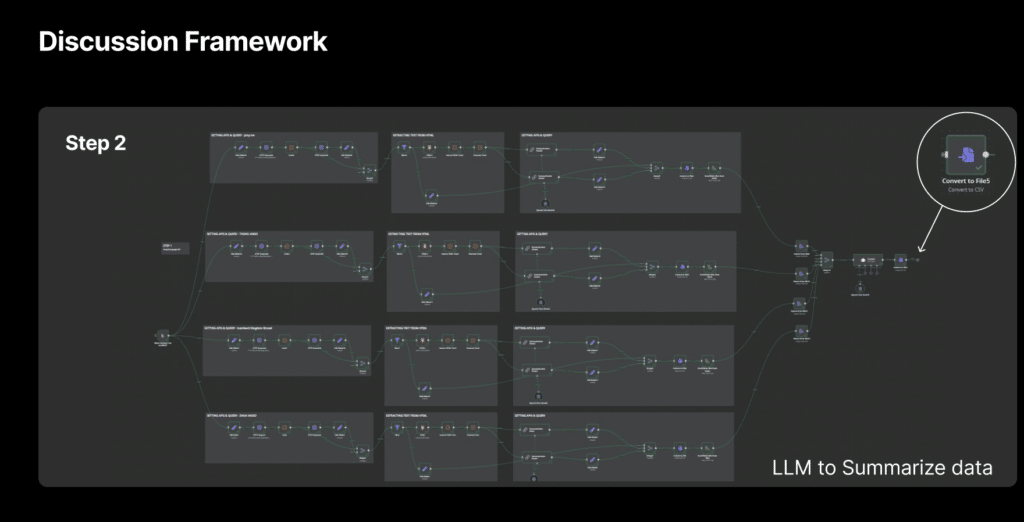
Once the design parameters were set, the system triggered ComfyUI to generate images based on the evolving prompts. These images were further refined using tools like MidJourney, allowing us to explore various iterations of the design. By masking and layering different elements, we could emphasize specific design aspects, ensuring that both the technical and aesthetic needs were met. In addition to generating images, we can also introduce a method for clustering the amount of input provided by each agent during the design discussion. This enables us to visualize how much influence each agent has on the overall design process. This way, we could better understand which perspectives were most dominant and adjust the inputs accordingly to ensure a balanced and comprehensive approach.
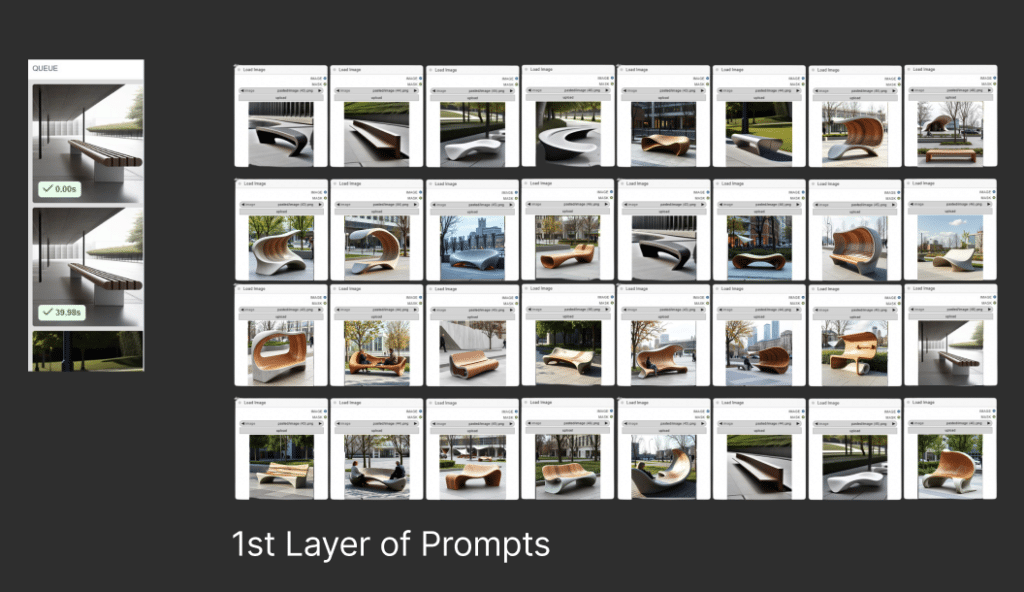
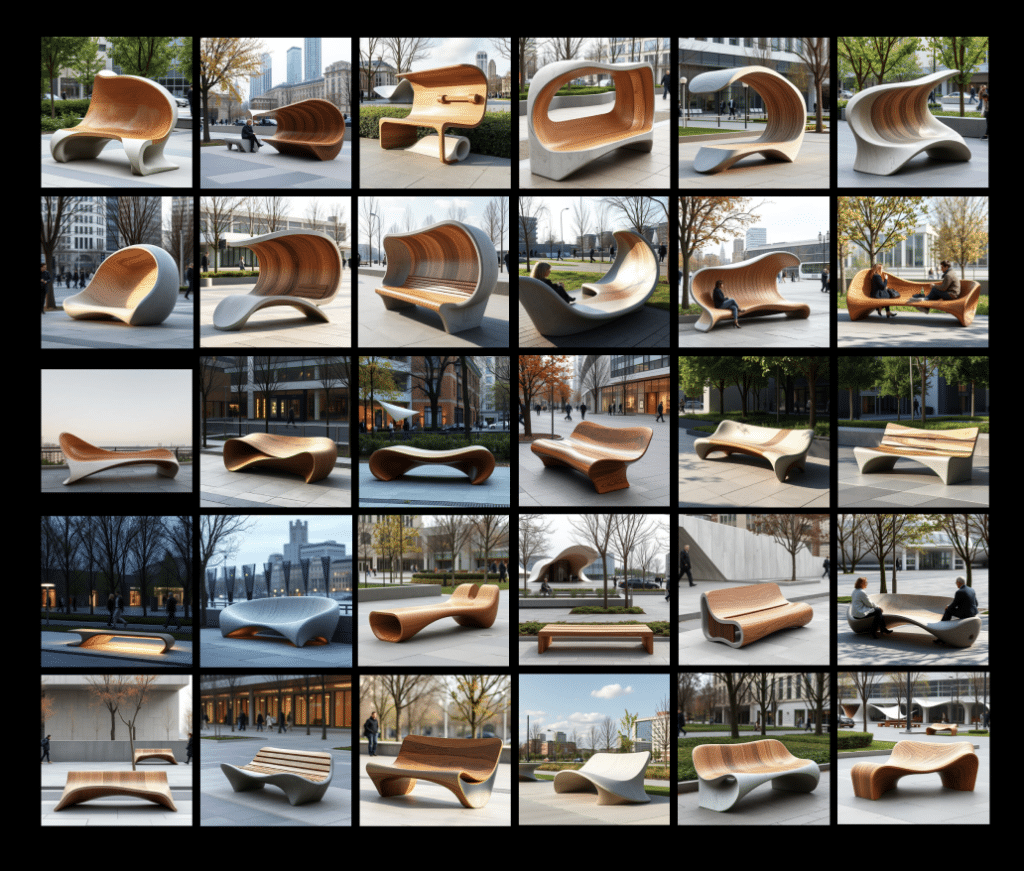
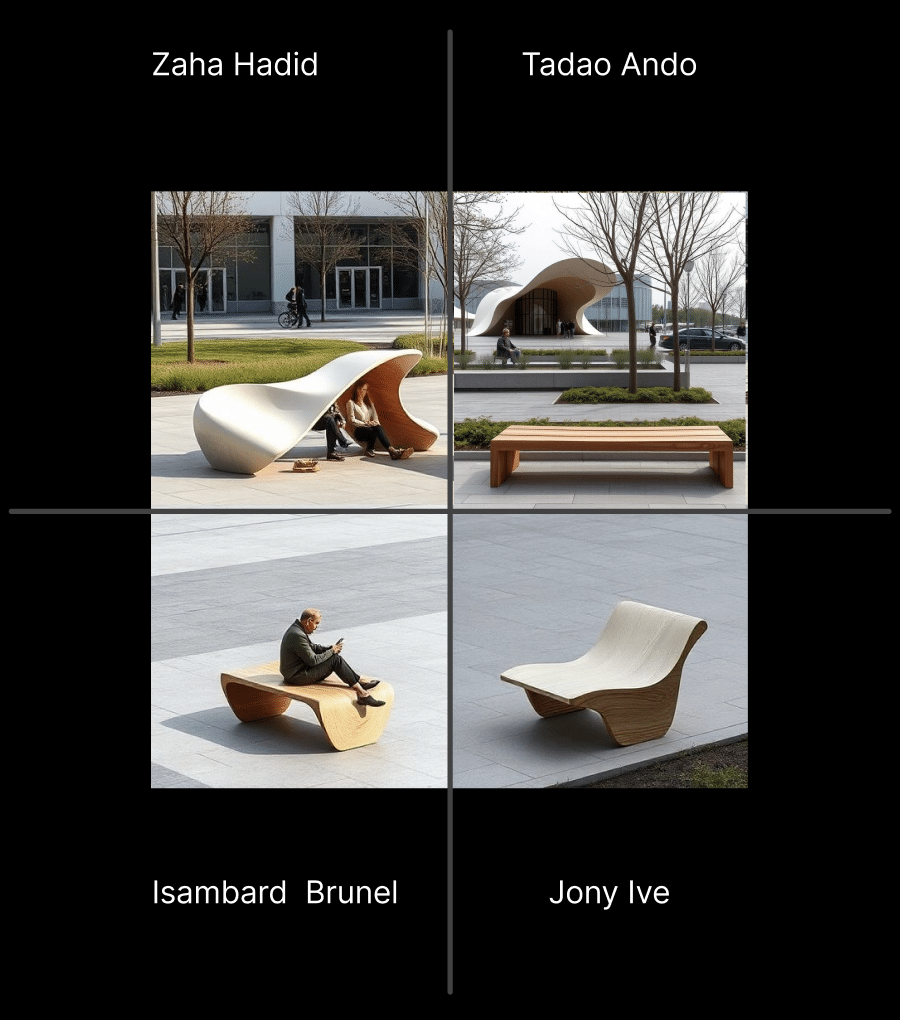
One of the most intriguing aspects of the project was exploring decentralized AI. We used ASI.ai, which operates within the Artificial Superintelligence (ASI) Alliance, to introduce autonomous agents into the design process. This allowed the system to optimize design choices based on data-driven inputs from multiple agents, offering a new way to integrate machine learning and human based agent creativity in public design. Out of all the images generated, we selected our favorites and refined the prompt that led to that result. By utilizing different LLMs, we perfected the prompt to capture the precise details and nuances we wanted. We then passed this refined prompt through ASI.ai, allowing the system to generate new iterations and optimize the design further, while still maintaining a collaborative, agent-driven approach.
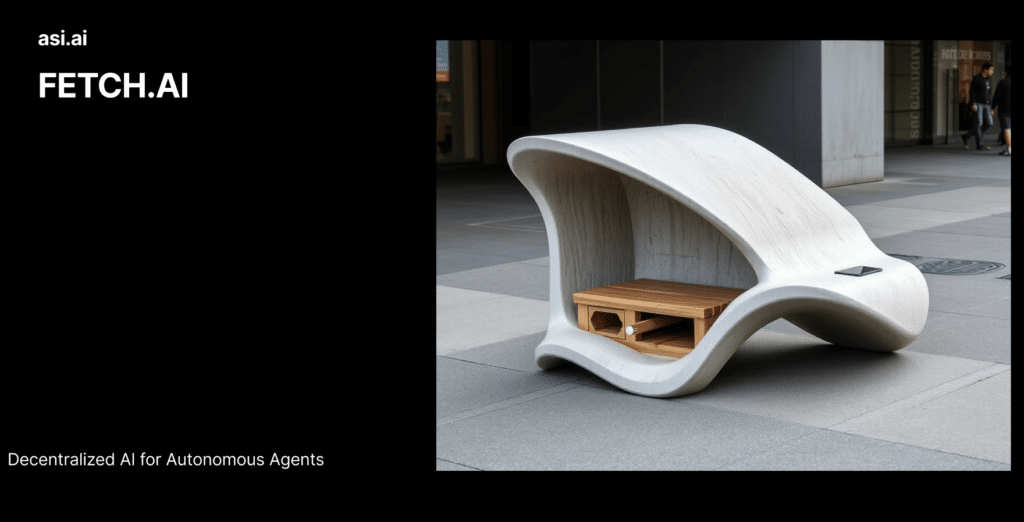
Through this exercise, we learned that AI has the potential to significantly enhance the urban design process. By automating the iterative design workflow and providing a space for diverse, AI-driven perspectives, we can address challenges in public space design that have been difficult to solve through traditional methods.
The project also raises important questions:
Can AI-driven approaches support urban planners in creating more inclusive, adaptable spaces? How can decentralized intelligence complement human expertise to address complex urban challenges?
As we continue to experiment with AI in urban design, this project serves as an important step in the conversation about how technology can assist in creating more functional, inclusive, and sustainable public spaces.

